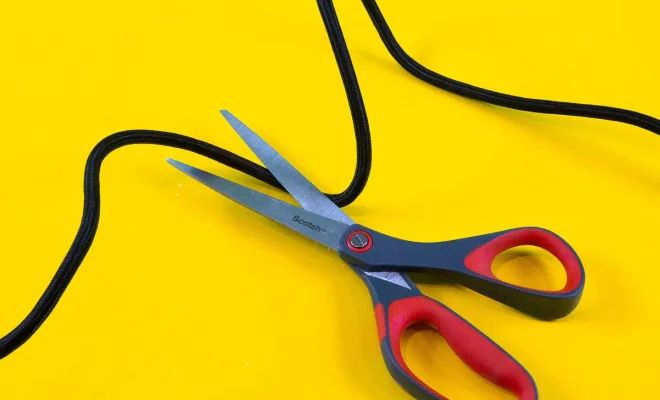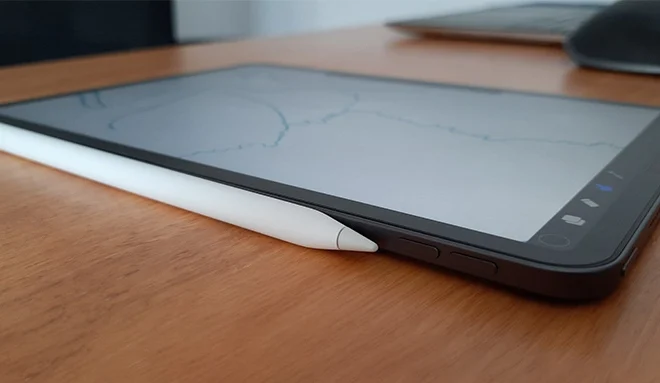How to Cut the Cable TV Cord With Streaming Services

With the rise of streaming services, more and more people are opting to cut the cord on traditional cable TV subscriptions. Streaming services offer a wide range of content at affordable prices, providing flexibility and convenience that cable television often lacks. If you’re considering cutting the cable TV cord and embracing streaming services, here’s how you can make a smooth transition.
Step 1: Assess Your Needs
Start by assessing your viewing habits and preferences. Consider what types of content you enjoy watching regularly, such as movies, TV shows, sports events, or news programs. This will help determine which streaming services will best suit your needs.
Step 2: Choose Your Streaming Services
There are numerous streaming platforms available today. Here are some popular options:
• Netflix:
Known for its vast library of movies and TV series from various genres.
• Amazon Prime Video:
Offers a mix of original programming along with licensed movies and shows.
• Hulu:
Provides access to current episodes of popular TV shows shortly after they air.
• Disney+:
Home to Disney classics, Marvel films, Star Wars content, National Geographic documentaries, and more.
• YouTube TV, SlingTV, or other live TV providers:
These options offer live channels similar to traditional cable packages but via internet streaming.
Research each service’s offerings and pricing plans before making a decision. You may also find it beneficial to sign up for free trials offered by these platforms to gauge their suitability for your needs.
Step 3: Check Device Compatibility
Ensure that your devices (smart TVs, computers/laptops/tablets/smartphones) support the streaming services you wish to subscribe to. Most modern smart TVs have built-in apps for popular platforms like Netflix or Hulu. Additionally, devices like Roku players/sticks or Amazon Fire Stick can provide compatibility with multiple streaming apps if needed.
If necessary, consider investing in a streaming device that can connect to your TV and provide access to various platforms.
Step 4: Check Internet Speed and Data Usage
Streaming services require stable internet connections with sufficient speed. Check your internet plan’s download speeds to ensure it meets the requirements for streaming content without buffering or interruptions. A connection of at least 10 Mbps is generally recommended for high-quality streaming.
Additionally, be mindful of any data caps imposed by your internet service provider (ISP). Streaming video consumes data, so if you have limited monthly data allowances, choose plans accordingly or monitor usage closely.
Step 5: Set Up Your Streaming Services
Once you’ve chosen which streaming services to subscribe to and ensured compatibility with your devices, follow these general steps:
1. Create accounts on the respective platforms’ websites.
2. Download and install their apps on compatible devices.
3. Log in using the account credentials you created earlier.
4. Explore each platform’s library, create personalized watchlists, and start enjoying content instantly!
Optional Step: Antenna for Local Channels
If watching local channels is important to you (e.g., news broadcasts), consider purchasing an antenna that can pick up over-the-air signals from nearby broadcasters. This will allow you to access local channels free of charge alongside your streaming subscriptions.
Conclusion
Cutting the cable TV cord has become increasingly popular as consumers embrace the flexibility and convenience offered by streaming services. By assessing your needs, choosing suitable platforms/services, ensuring device compatibility and internet speed/data allowance, setting up accounts on desired platforms/apps, and considering additional options like antennas for local channels when necessary—you’ll be well-equipped for a seamless transition into the world of streaming entertainment.
Embrace this new era where you have more control over what you watch while saving money compared to traditional cable subscriptions!






